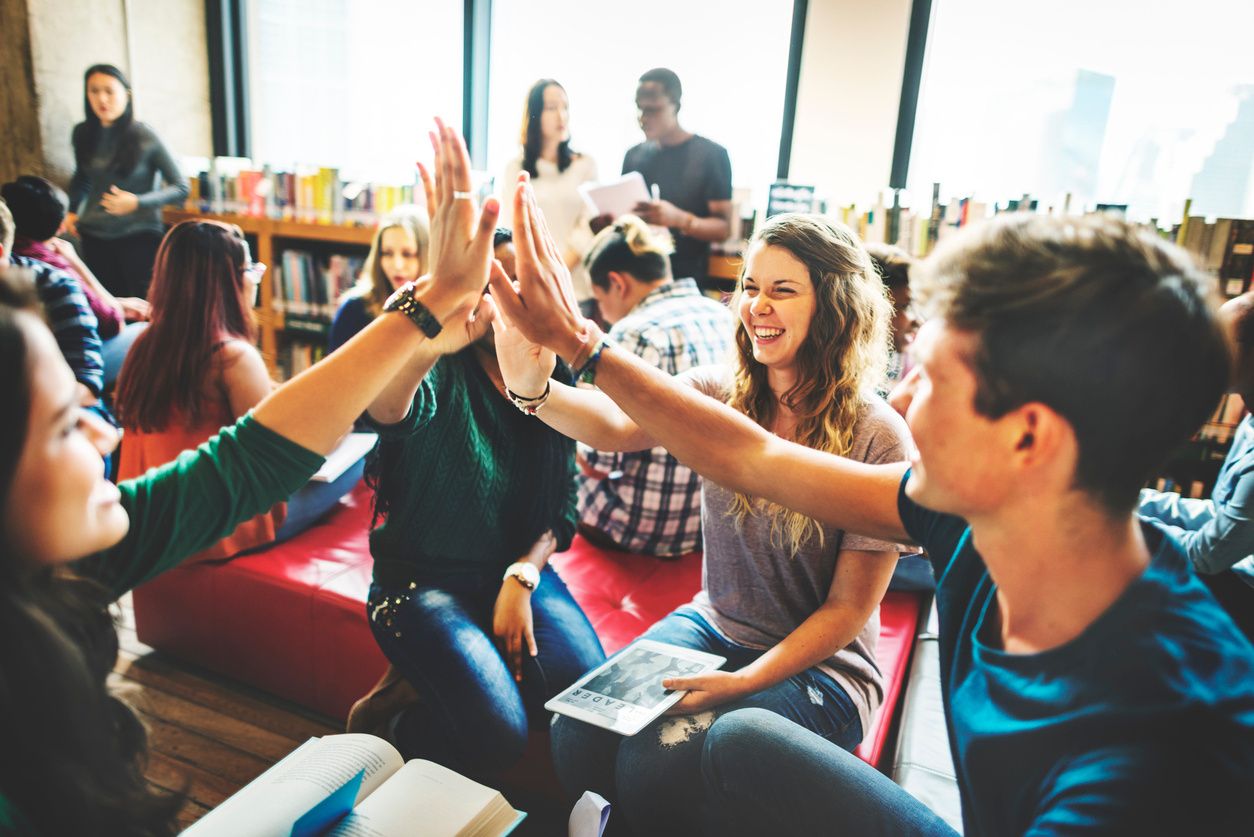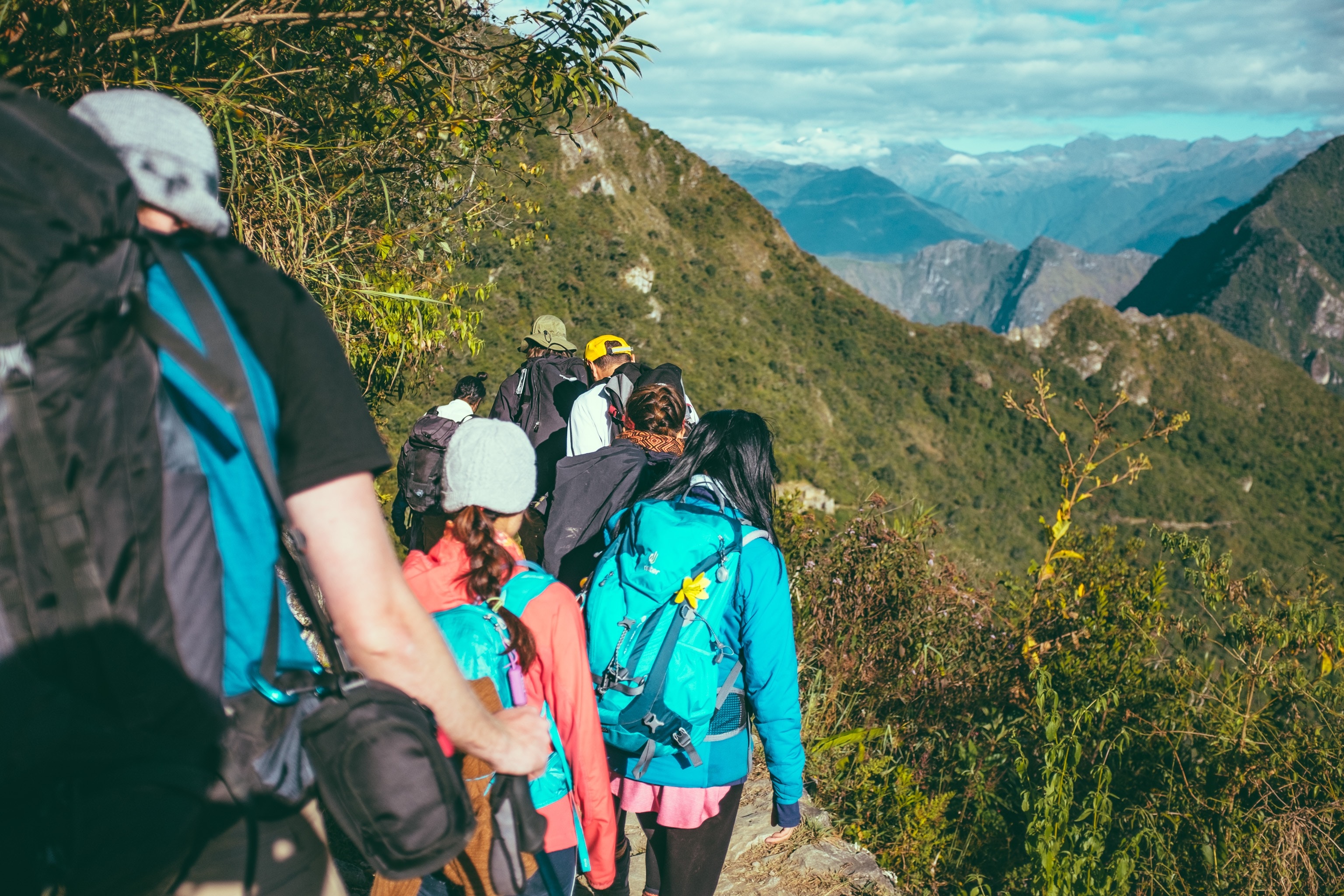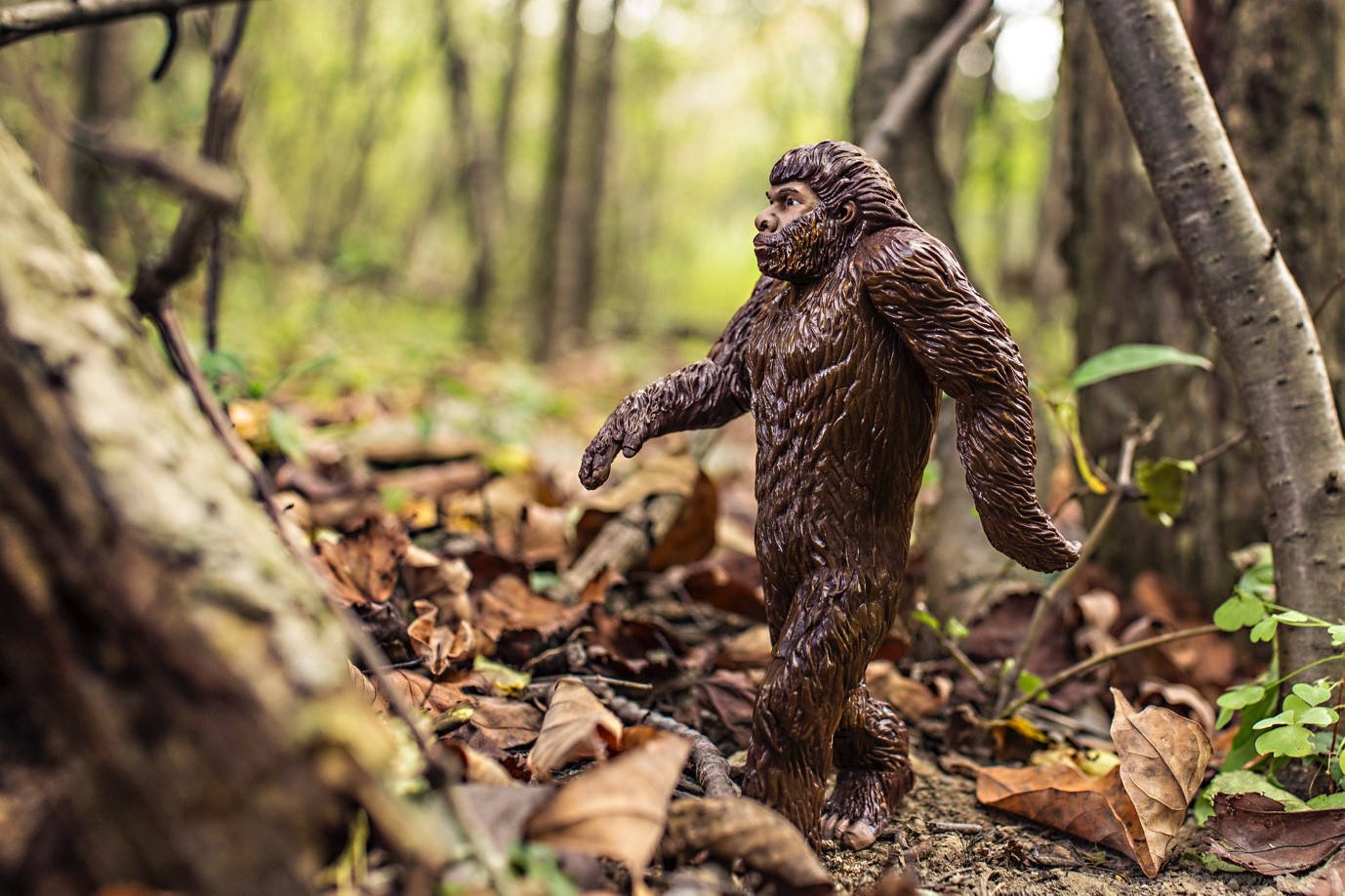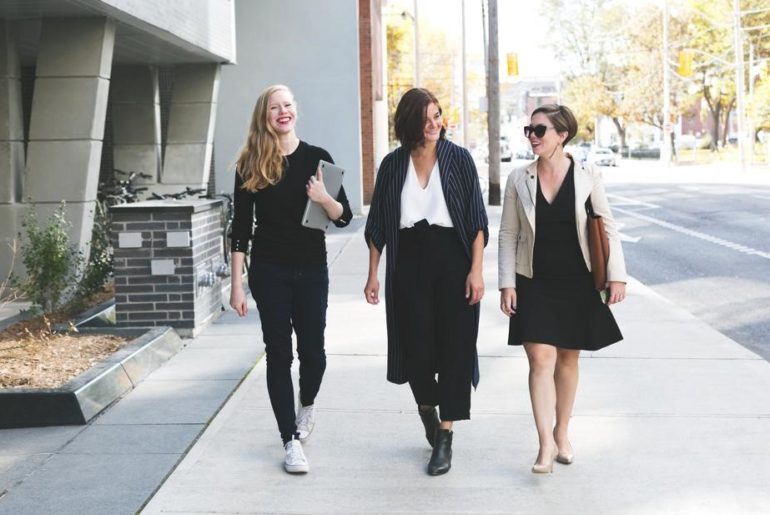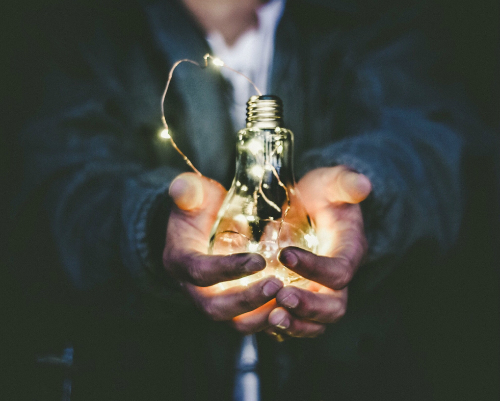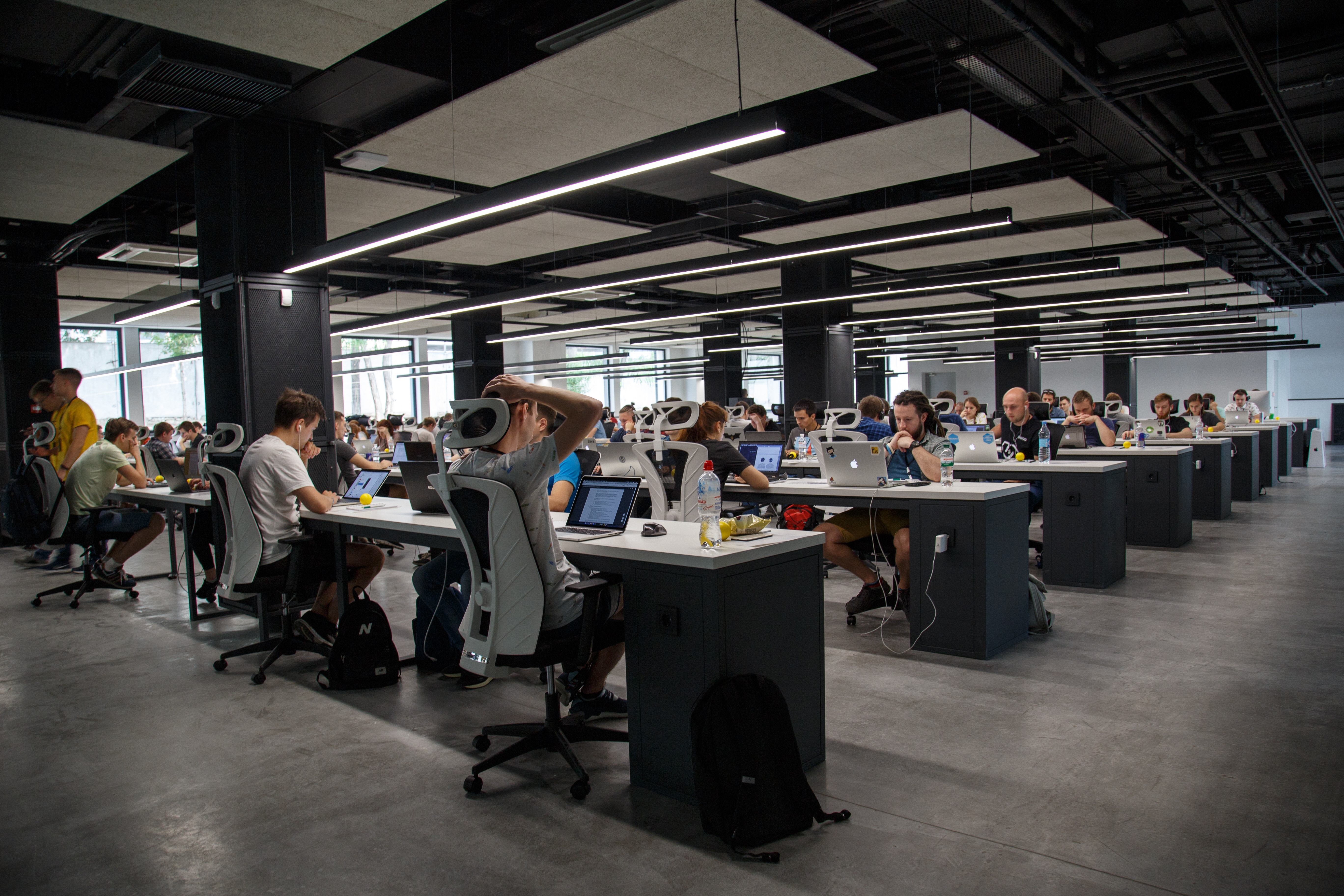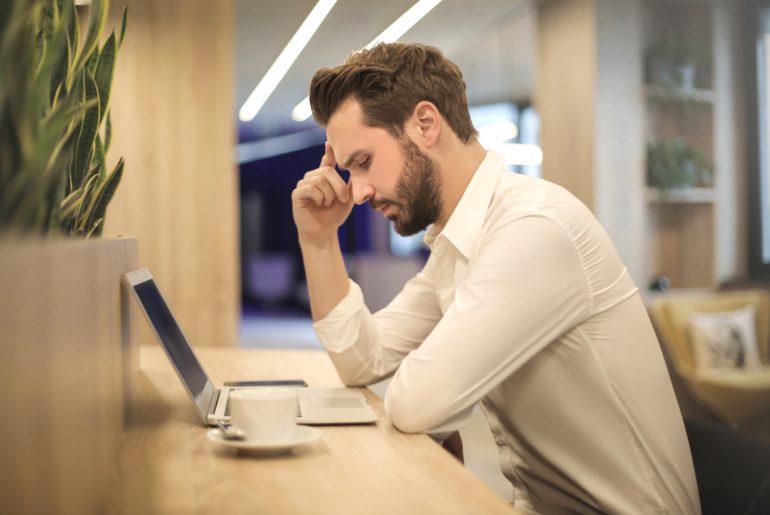At team BeUpstanding™, we are not only interested in how our program impacts on raising awareness, building culture, and changing behaviour to support workers to stand up, sit less, and move more, but also on its broader impact on health, productivity and wellbeing. The following blog is written by Jemieca Loeffler who undertook her honours with the BeUpstanding™ team here at the University of Queensland. She worked with some of our amazing champions and teams taking part in BeUpstanding™ to find out in a bit more detail if there was any impact of the program on occupational stress and group cohesion. What she found was that the more stressed employees were and the more cohesive they felt with their team, the less time they spent sitting at work and the more likely they were to engage in BeUpstanding™. Sound interesting? Read below to find out more! Some background info As we know, prolonged sitting can be detrimental for our health, and many of us fall victim to this public health concern through our jobs. A study by Thorpe et al. showed that call centre workers, in particular, are at highest risk of sedentariness, spending up to 90% of their work day sitting,…
US Physical Activity Guidelines (2nd Edition) Now Available
Have you heard? The U.S. Department of Health and Human services (USDHHS) recently released the updated guidelines on physical activity. As first reported by the USDHHS, here are the “Top 10 Things to Know About the Second Edition of the Physical Activity Guidelines for Americans” (psst make sure you check out #6). The second edition of the Physical Activity Guidelines for Americans provides evidence-based recommendations for adults and youth ages 3 through 17 to safely get the physical activity they need to stay healthy. There are new key guidelines for children ages 3 through 5 and updated guidelines for youth ages 6 through 17, adults, older adults, women during pregnancy and the postpartum period, adults with chronic health conditions, and adults with disabilities. The new key guidelines for children ages 3 through 5 state that preschool-aged children should be active throughout the day to enhance growth and development. Adults caring for children this age should encourage active play (light, moderate, or vigorous intensity) and aim for at least 3 hours per day. The recommended amount of physical activity for youth ages 6 through 17 is the same. Each day, youth ages 6 through 17 need at least 60 minutes of moderate-to-vigorous activity to attain the most…
Hot Off The Press – Our Test Version of the BeUpstanding™ Champion Toolkit Worked!
Prior to going live with the BeUpstanding™ program that you see now, our research team tested whether using an online toolkit to guide workplace champions to deliver the BeUpstanding™ intervention was even going to work. The findings of this test version in terms of how champions used the toolkit and the impact of the program have just been published in the Journal of Medical Internet Research Formative Research, while our findings on the acceptability of the test version will be published soon in Health Promotion International. A little background info Did you know that the BeUpstanding™ Champion Toolkit is based off of a previous intervention called Stand Up Australia? Stand Up Australia was evaluated in a cluster randomised controlled trial in workers in Victoria and was shown to be effective and acceptable to both employers and employees. However, the Stand Up Australia intervention, which was delivered by the research team and included sit-stand workstations, seminars, activity tracking, and one-on-one health coaching as part of the intervention, was resource intensive and wasn’t ready for workplaces to just use. The BeUpstanding™ program is the translation of the Stand Up Australia intervention, and was designed to be a low cost / no cost option to support more work teams to…
The Stone Age Brain and How it Affects Our Physical Activity Levels
Our physical activity levels have never been lower – can we look to our Homo sapiens ancestors for answers? We live in a rapidly changing environment with technology defining the modern world we live in. An increase in tasks and jobs automation has led to a vastly different workplace than what we have previously known. Workplaces are now sedentary by nature and require far less energy output as before. The low activity life we have had to adopt is not healthy nor happy. But are there explanations for our ill health in the modern environment which would explain why change is so difficult? Humans have evolved to respond to behaviour triggers like hunger, thirst, and tiredness with behaviours which overcome these desires. These basic instincts worked to keep us alive in the ancestral environment where food, water, and shelter were competitive resources to have and to obtain. By instinctually knowing you were hungry, thirsty or tired, it meant you were able to provide for yourself and keep yourself healthy in harsh environments. These are not instincts we have lost, we still feel hungry, thirsty and tired, and we feel them daily. However, the environment in which we live has changed…
“Nilofer Merchant: Got a meeting? Take a walk”
Check out this great TED talk on walking meetings; a simple strategy that can help transform your wellbeing at work.
“Research commercialisation: Tips for starting your journey”
The following article, written by Matt Frith – one of our BeUpstanding™ team members, and managing director and founder of Kin8 – was originally published in The Research Whisperer on May 29, 2018. Research commercialisation can be daunting, but in a landscape of dwindling government funding and ever-shifting technological and commercial realities, it can be a powerful way to bring new ideas and change into the world. For researchers and academics, however, the businesses, people and language can be so different that it’s almost alien. The way a researcher or academic thinks, the goals they have to achieve in their career, are very different to those of a corporate department’s director or CEO. So, how do you begin to feel comfortable exploring the world of research commercialisation? For this post, we’ve put together some detailed tips, based on our experience working with both researchers and corporate partners. The biggest barriers are often emotional, so these tips are designed to get you both thinking and feeling, along with actions, to start your path forward. You have value. We can tell you right now that someone in the corporate sector values what you are doing and what you have. You have intellectual property, processes, team members,…
“Aus-First Study Shows Cost-Effective Way to Reduce Office Sitting Time”
An Australian first study, written by Dr Lan Gao at Deakin University, shows how Australia can save BIG if companies invest in sit-stand desks for their employees. These findings are very exciting because they encourage workplaces to support workers to reduce their sitting levels and increase their movement at work. To learn more, check out the media release here, or you can read the full article in the Scandinavian Journal of Work, Environment & Health.
Take a Stand for Ergonomics
Prolonged, uninterrupted sitting is bad for your health. Sitting in one place without moving for an extended period of time, is associated with an increased risk for obesity, heart disease, and diabetes. Other aspects of health are also impacted. While it may sound counterintuitive, prolonged sitting can also increase symptoms of muscle pain. “Ergonomics” is the study of how to make a workplace comfortable for employees. Researchers in this field have found prolonged sitting is associated with pain in the lower back, neck, and shoulder regions. This pain can make it difficult for workers to complete job tasks. As a result, ergonomists have researched ways to reduce muscle pain within the workplace. Ergonomists began their research with an understanding that maintaining a single posture for a long time can lead to pain. Their research found this was also the case for sitting. Interventions which broke up sitting were an effective way to reduce muscle pain (examples 1, 2, 3). So, how did they break up sitting? Researchers had employees stand up, stretch, or walk. For these desk-based employees, taking a few minutes to step away from their desk to stand and stretch had the added bonus of reducing eye strain and…
You should stand in meetings – don’t worry about what others might think
The following article, written by Benjamin Gardner, Lee Smith, and Louise Mansfield, was originally published in The Conversation on July 2, 2018. Standing in meetings may be good for our health, but it can also make those that are standing feel self-conscious, anxious about how others perceive them, and disengaged from the meeting. These findings, taken from our recent study, suggest that efforts to encourage office workers to sit less and move more must acknowledge the realities of the workplace that conspire to keep people chained to their seats. Sitting has been linked to adverse health outcomes, including increased risk of obesity, heart disease, some cancers, and poorer mental health. While some evidence suggests that the harms of sitting can be offset by at least one daily hour of moderate physical activity, this seems an unrealistic target. Most of the UK population fails to meet physical activity recommendations and spends prolonged periods sitting. Office workers, who make up half of the UK workforce, are particularly inactive. Our 2015 study of 164 London workers found that, on workdays, they sat for 10.5 hours of the 16 hours they spent awake. Breaking up sitting frequently with periods of standing and associated light activity can have important health…
Is sitting bad for us? There’s good and bad news
The following article, written by Professor David Dunstan – one of our BeUpstanding Academic team members – was originally published in The New Daily on June 25, 2018. As you read this, what are you doing right now? If you’re sitting down, scientists have some good and bad news. First, the bad news. The way most adults work has steadily changed over recent decades. While in many ways our workplaces are ‘safer’ from an occupational hazards perspective, it is now encouraged or even demanded that we spend large portions of our day sedentary (seated) – usually with our eyes glued to some type of screen. While this is now the new norm, we simply weren’t built for such a stationary existence and, unsurprisingly, accumulating scientific evidence demonstrates that exposure to high amounts of sitting significantly increases the risk of premature death, heart disease and type 2 diabetes. Yes, you can help to reduce the risks associated with too much sitting if you undertake daily exercise, but unfortunately science tells us the best estimate of the amount of exercise required is equal to about 80 to 90 minutes per day of moderate-intensity activities (such as brisk walking) or 40 to 45…

